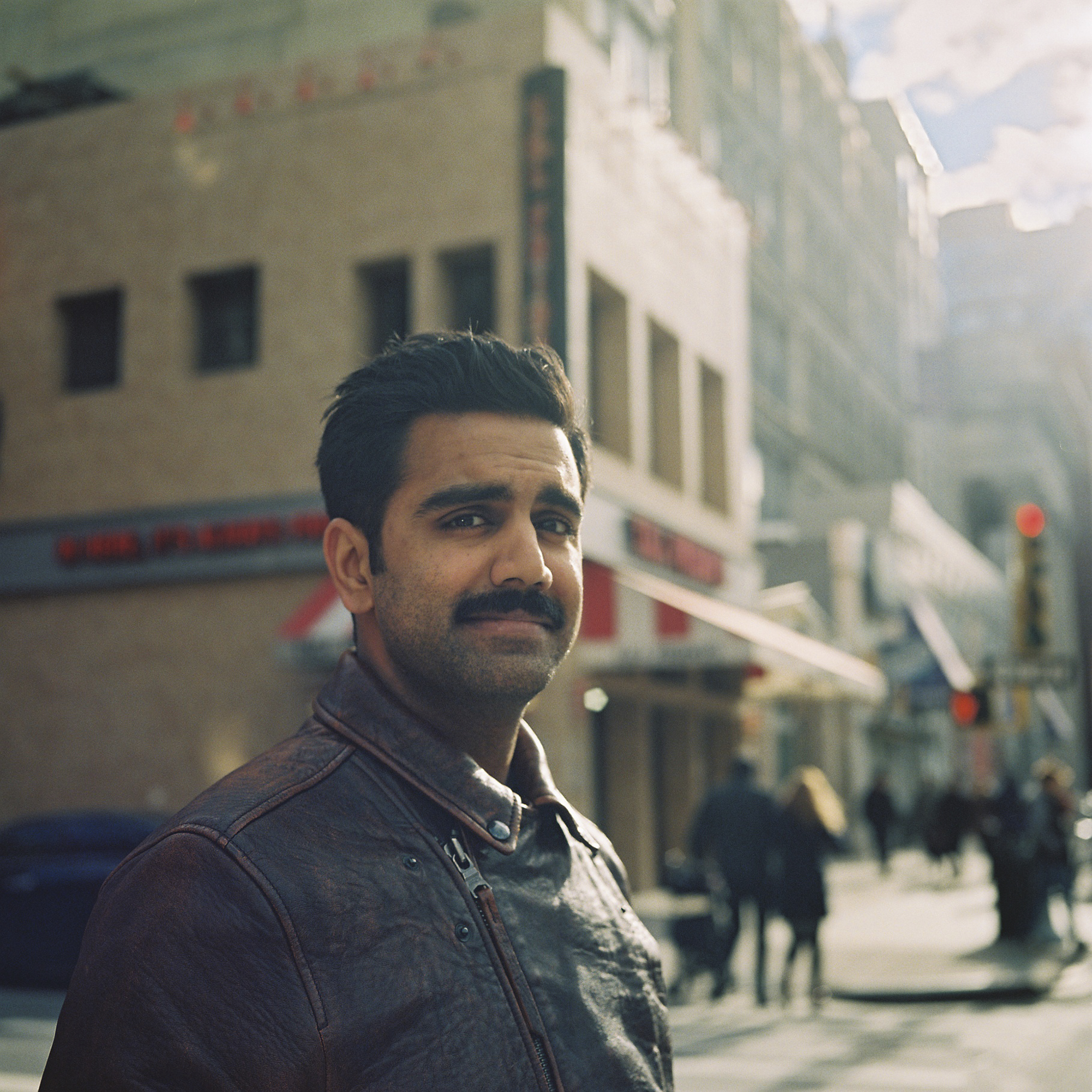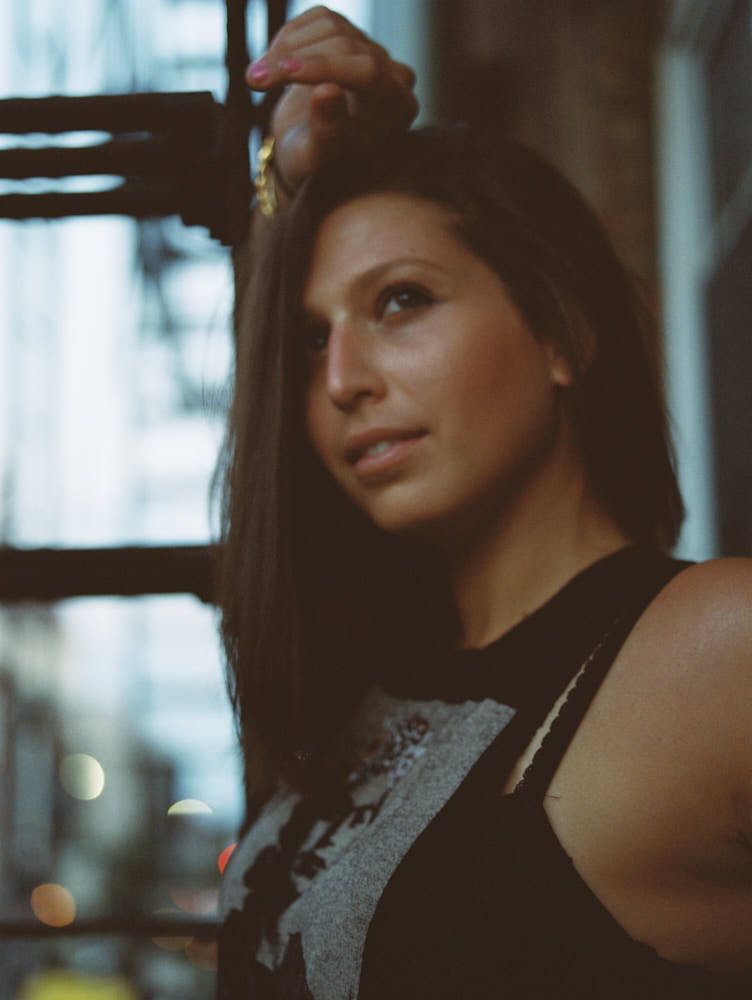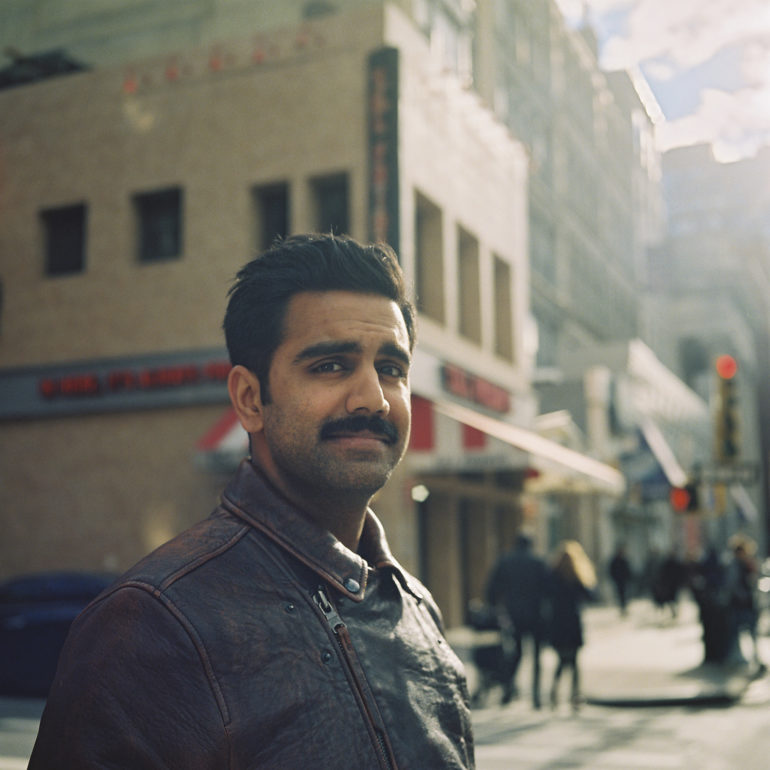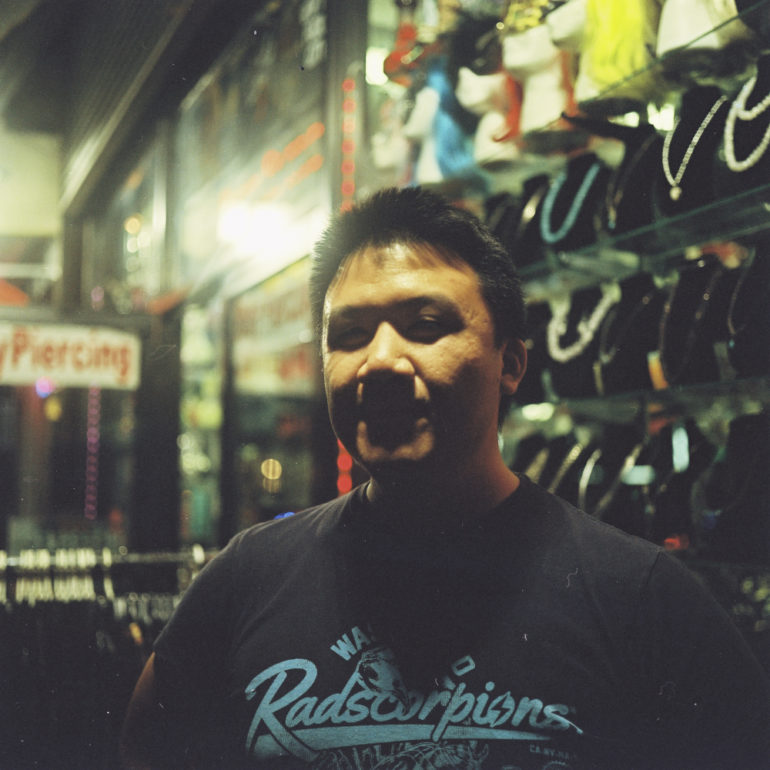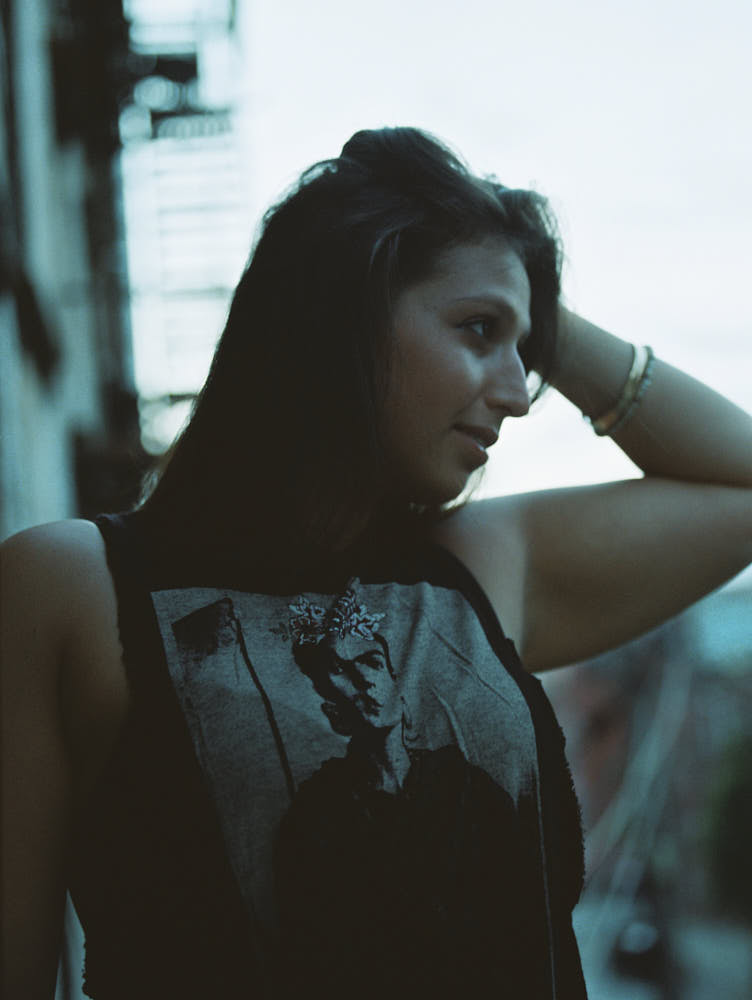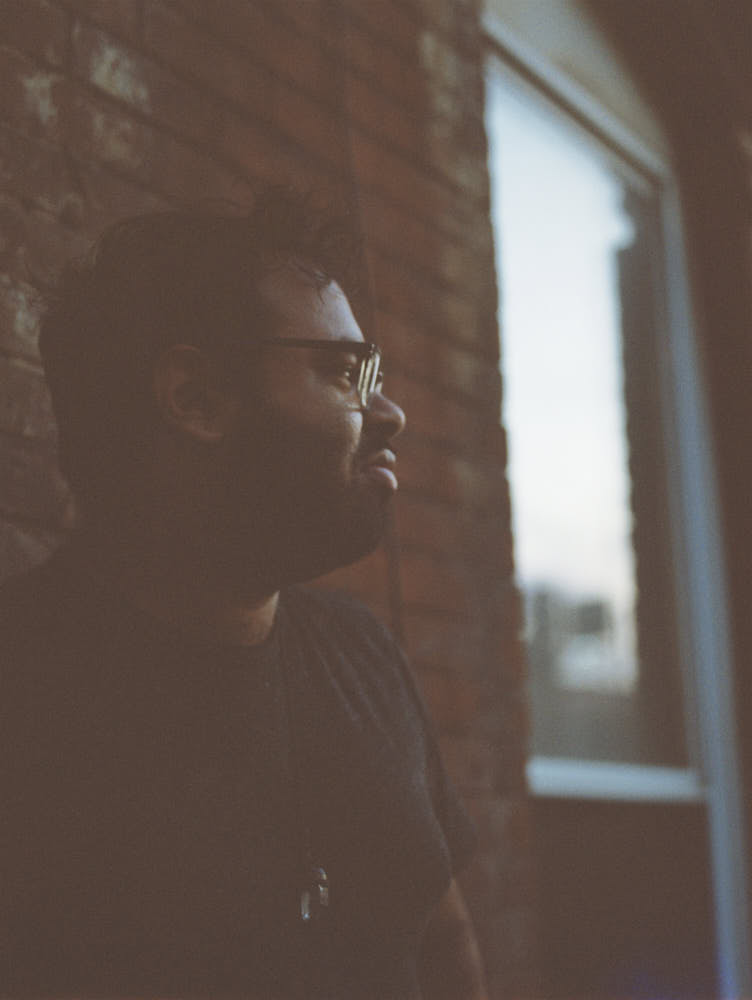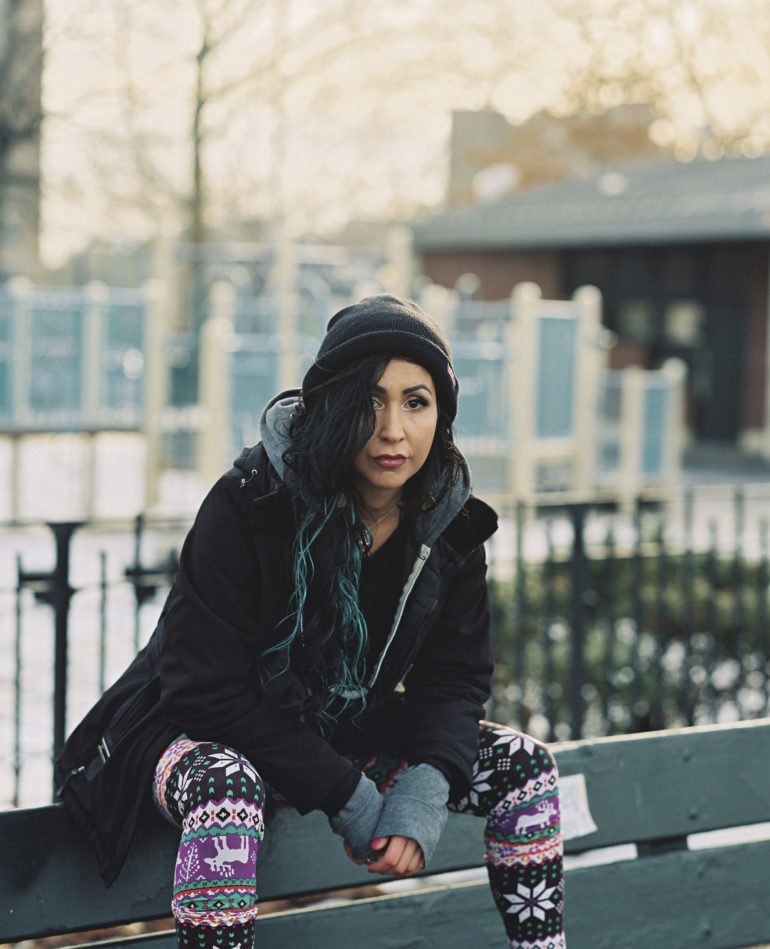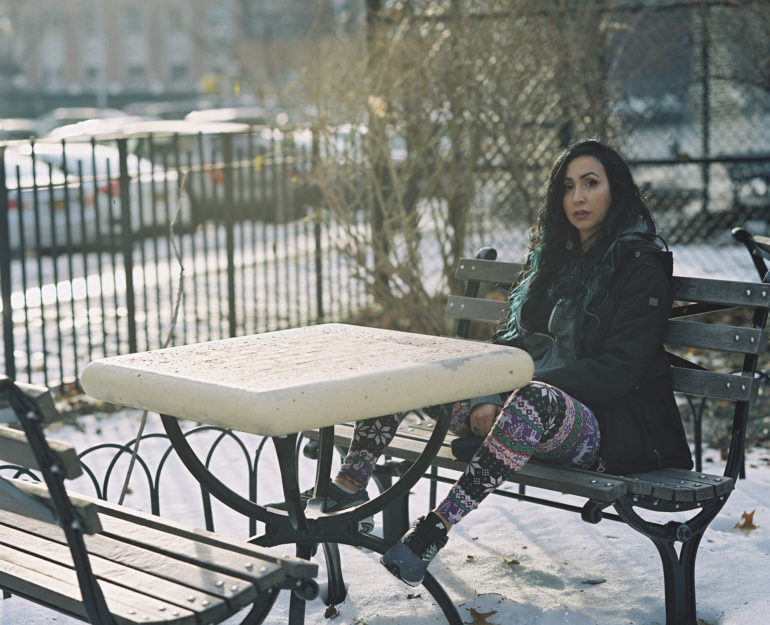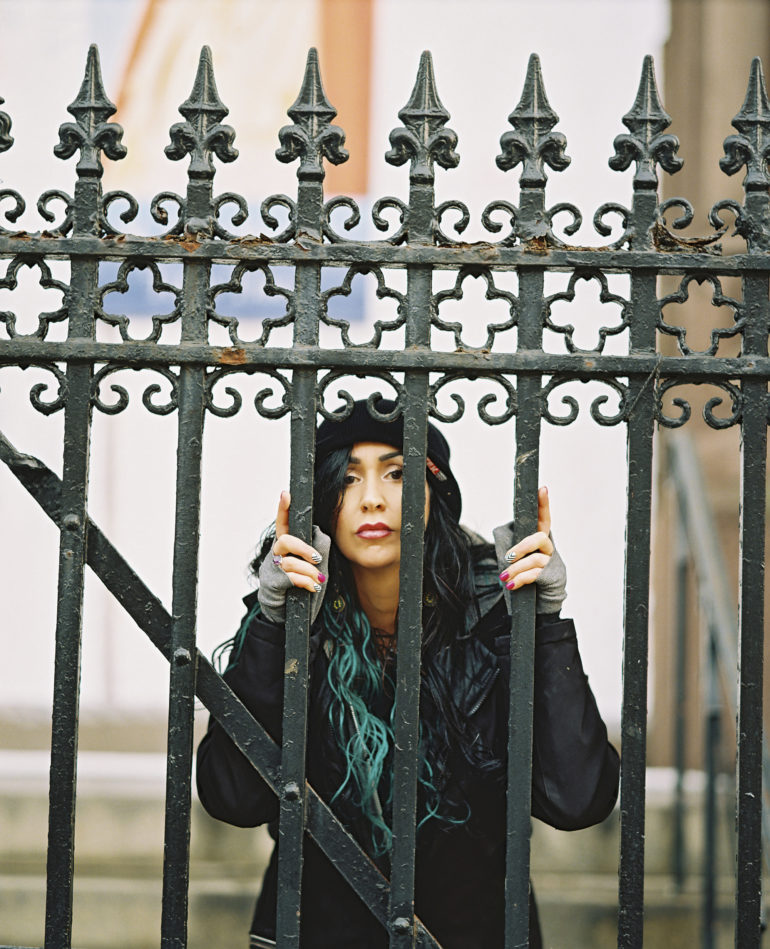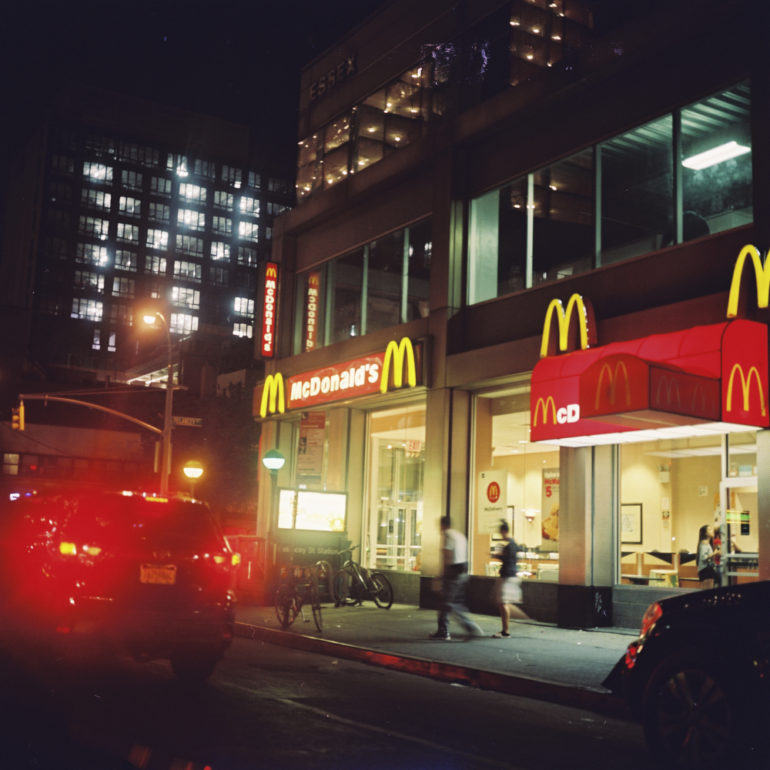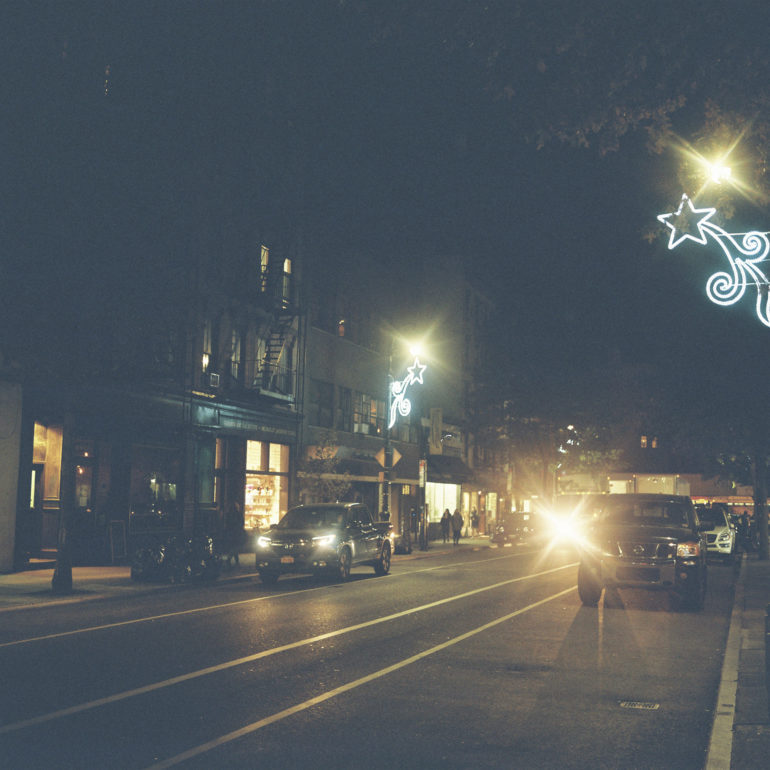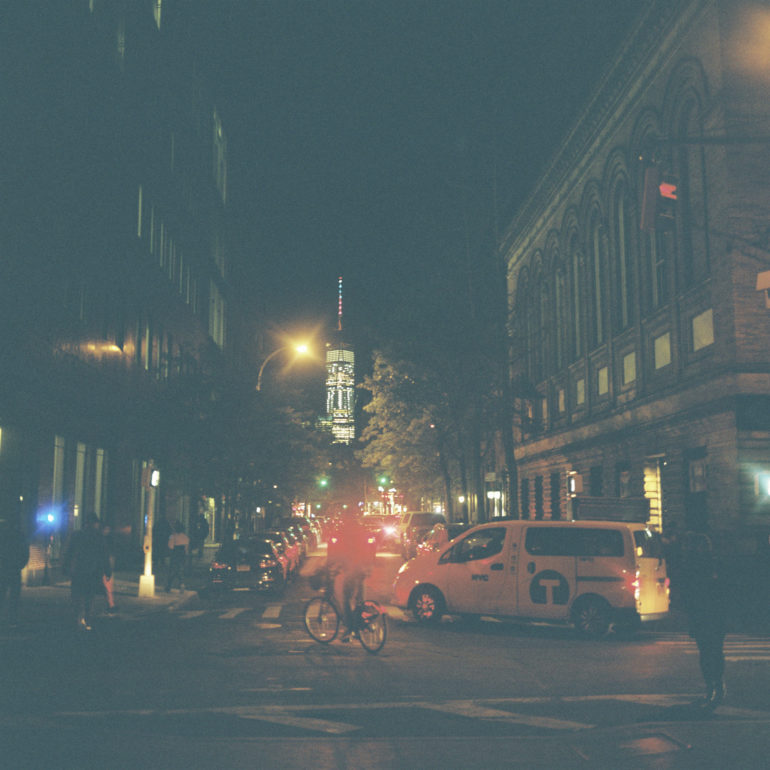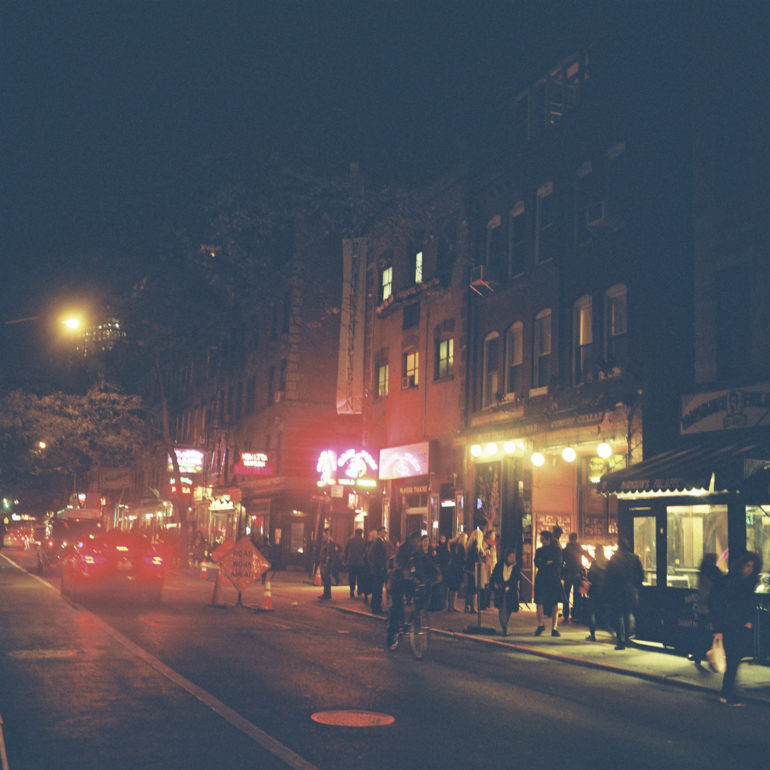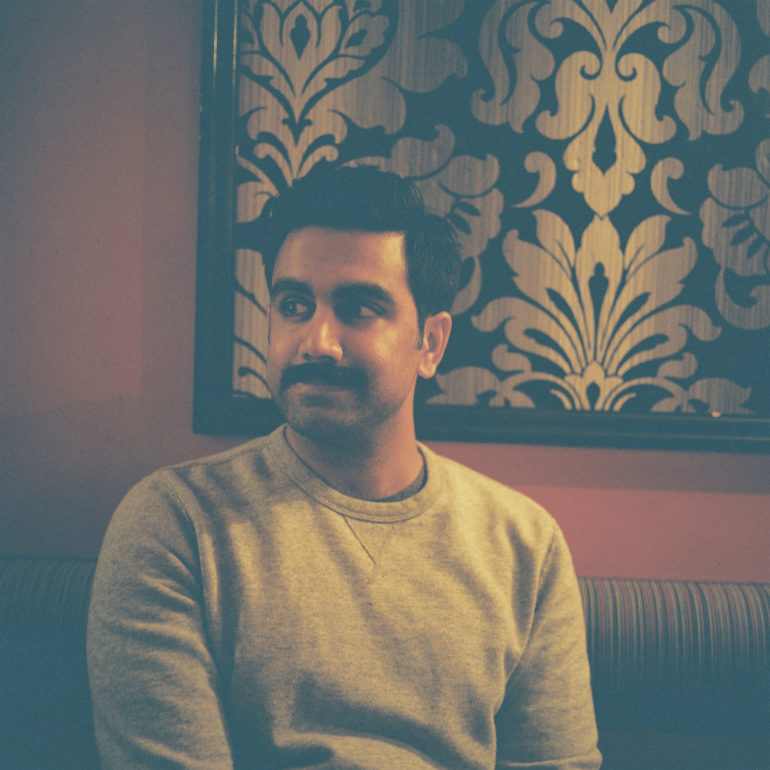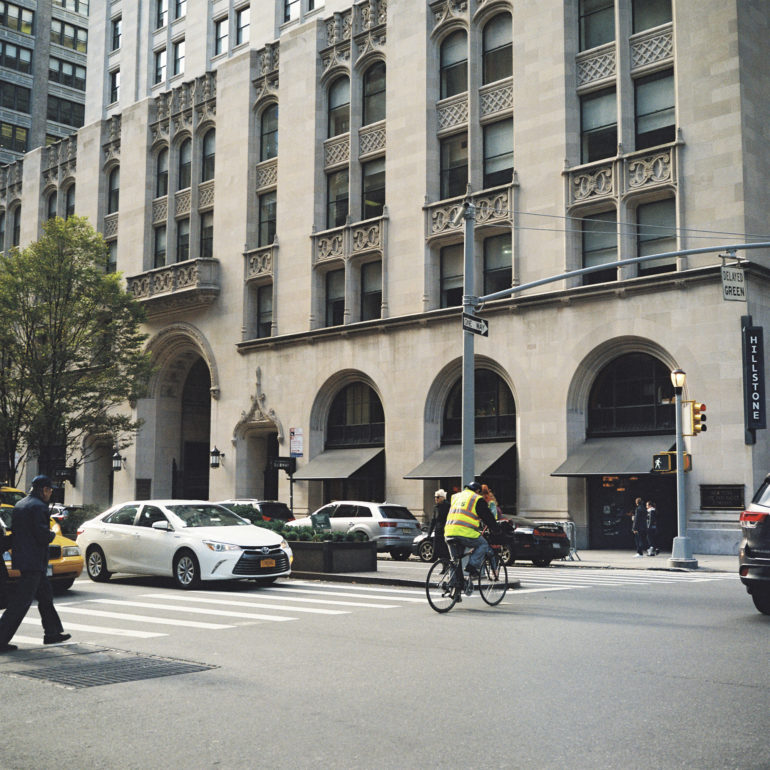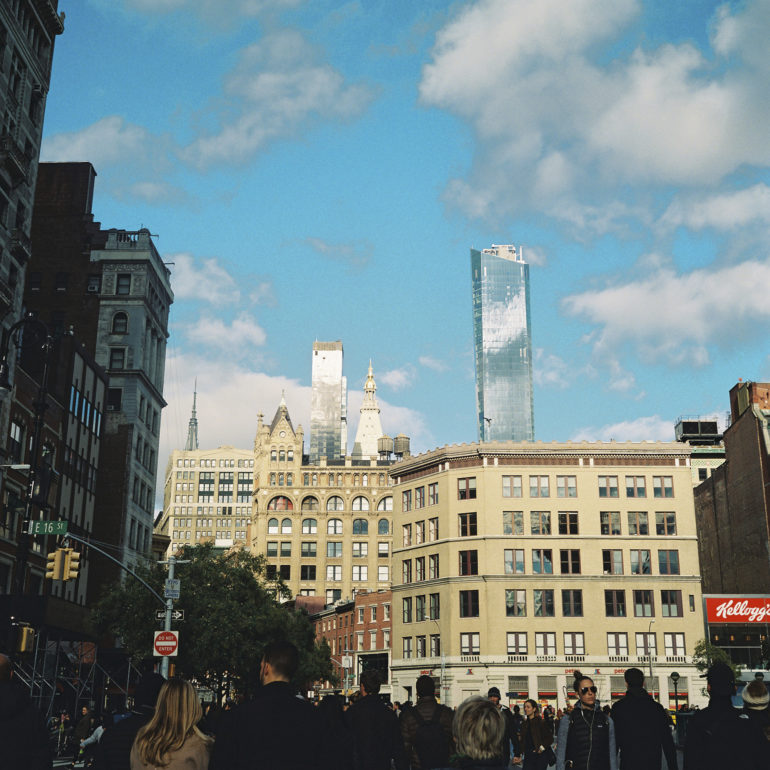Last Updated on 03/19/2018 by Mark Beckenbach
Kodak Portra 800 is a film that truly surprised me.
I cut my teeth in the photography world amongst some really old school people–these were folks who probably would have never used Kodak Portra 800. Why? Well, they swore by the fact that everything over ISO 400 is way too grainy. And that grain is bad no matter what. This is wrong; and I only wish back then that I hadn’t let folks like that try to mislead my mind and that I was more experimental. Kodak Portra 800 is a gorgeous film that is obviously still around for great reasons. It’s a film primarily designed for portraiture in available lighting. With that said, it’s beautiful in 35mm but even more so in 120 with fast lenses. And considering that so many photographers out there love to work with natural light more so than working with a flash, it could be one of the films that stays in your film camera on a consistent basis.
Indeed, it has to be one of the best available light films I’ve ever played with.
Tech Specs
These specs were taken from Freestyle Photographic
Kodak Professional Portra 800 film delivers all the advantages of a high-speed film along with finer grain, higher sharpness, and more natural skin tones and color reproduction. Portra 800 Film delivers best-in-class underexposure latitude, with the ability to push to 1600 when you need extra speed. It is ideal for long lenses, fast action, and low light, enabling you to capture shadow details without flash. Portra 800 film, for perfectly stunning results with less-than-perfect light.
Features
- Traditional Color Negative Film – C41
- 120 Size – Medium Format
- For enhanced color and natural skin tones in the most difficult lighting situations
- Best-in-class underexposure latitude
- Sharpest 800-speed film available
Ease of Use
Kodak Portra 800 is unlike many other negative films. By that, I mean that when you go to expose Kodak Portra 800, you’re best off exposing it and shooting it at ISO 800. At least that’s when I feel that you’ll get the genuinely best results. With Kodak Portra 400 I prefer to expose at ISO 200 and develop for ISO 320. With Portra 160, I tend to expose at 125. In general, negative films need a bit more light; but not Kodak Portra 800. I’ve pushed it to 1600 and exposed it 1250 and I’ve shot it at ISO 400. The results are good all across the board, but I feel like the best image quality comes at ISO 800. That generally means that between this and Kodak Portra 400, you’ll be set to go around for an entire day if you wish. Portra has always been a film that is catered to photographers who shoot portraits; quite obviously due to the name.
What I really like about Kodak Portra 800 is how it treats all sorts of skin tones. There has been science behind this; take a look at this video by Vox.
Let me show you exactly what I’m talking about in real life usage.
Kodak Portra 800: White and Darker Skin Tones
Kodak Portra of all types works to create images that are warmer than usual. Warm skin tones look good and so that’s what Portra does much more so than PRO 400H. Here is it with lighter skin tones; and for the most part it’s pretty accurate. For a comparison, below is an image shot digitally at the same white balance.
Kodak Portra 400: White and Darker Skin Tones
Now here’s Kodak Portra 400 and how it treats skin tones. In general, I feel like Portra 400 lightens skin tones and warms them up.
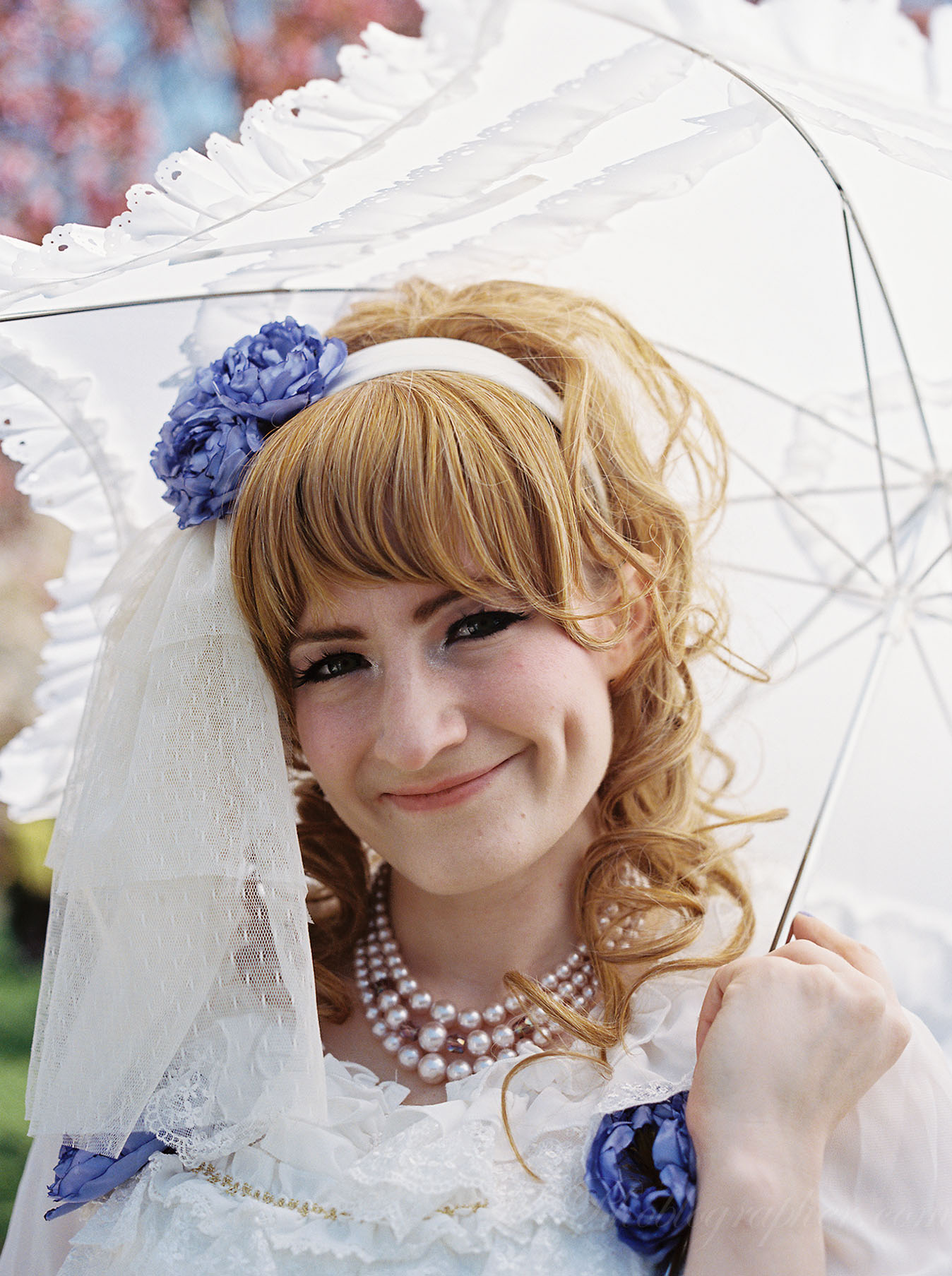
Here’s an example with a lighter skin tone. The image looks gorgeous and this was shot in the 645 format.
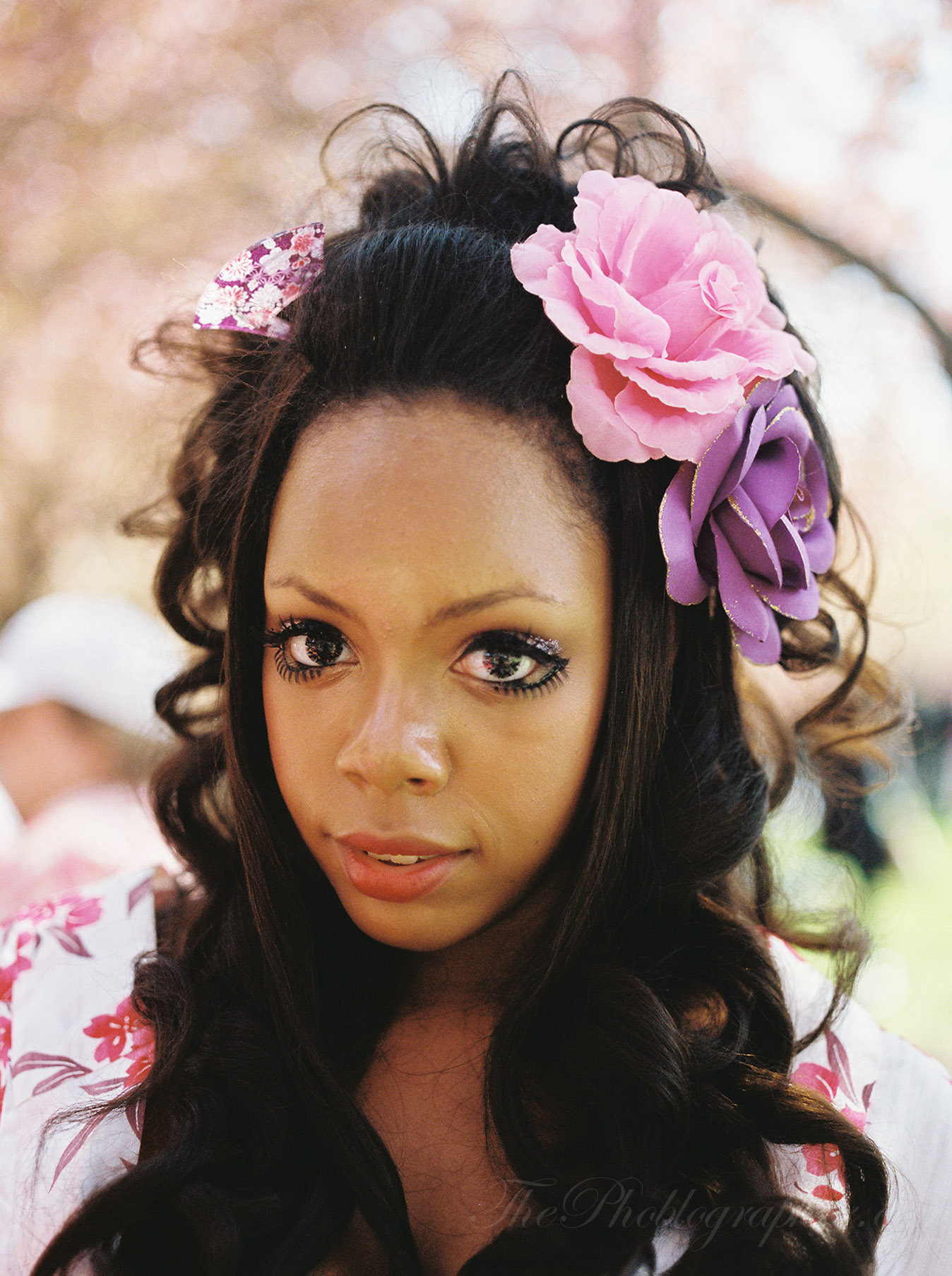
Here it is in the 645 format with a darker skin tone. It’s pretty darned good, but I don’t think that it was perfectly accurate. One could blame this on the scan, but I’ve had this specific image printed years ago and the print looked a bit different when it came to the tonality.
Now here is Kodak Portra 400 again in 645 format. This scene is pretty accurate, if anything, the skin tone is even a tad darker here due to my exposure. While Kodak Portra 400 I feel tries to lighten everyone up in general and warm up their skin tones, Kodak Portra 800 I feel is more color accurate.
Image Quality
Kodak Portra 800 is apparently based on Kodak’s VISION 2 technology where as Kodak Portra 400 and 160 are based on the VISION 3 technology. In turn, this contributes to the more vintage look. Unfortunately 800 didn’t get the update. Why? I’m not sure. But I’m not mad about it either; it’s a unique option in the lineup that I’ve fallen in love with. I think photographers who want that really beautiful vintage look of Kodak Portra should go right for 800 if they can’t find a solid roll of Kodak Portra 400 VS or NC. As with all high ISO films though, you’re best off using this one in natural light unless you’re very careful about your flash metering. Even further, I’ve seen it pushed very well. We profiled a photographer who photographed the Northern Lights on Portra 800. If the light is too low, grab a faster lens. If that doesn’t work, go for a tripod.
Mamiya RB67
Pentax 67
Mamiya 6
Conclusions
Kodak Portra 800 is a pretty rad film. It goes great in natural light and renders a whole lot of details. It’s fairly fine grained and any sort of grain you see is very negligible overall. I recommend photographers use this film in daylight balanced conditions, perhaps using window lighting when indoors or outdoors when the sun is setting. As long as you have a good lab that can develop the film, you shouldn’t have any worries.


